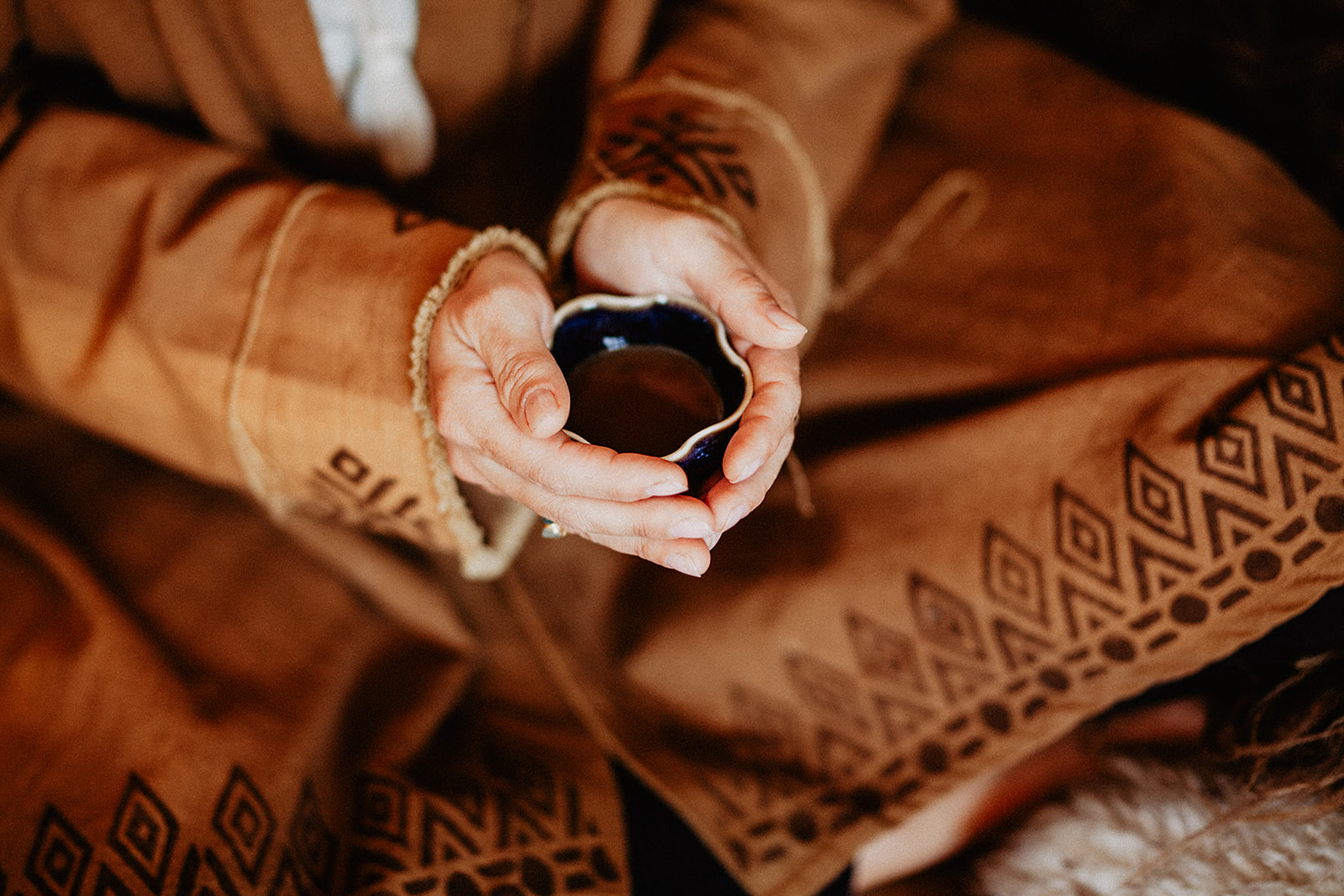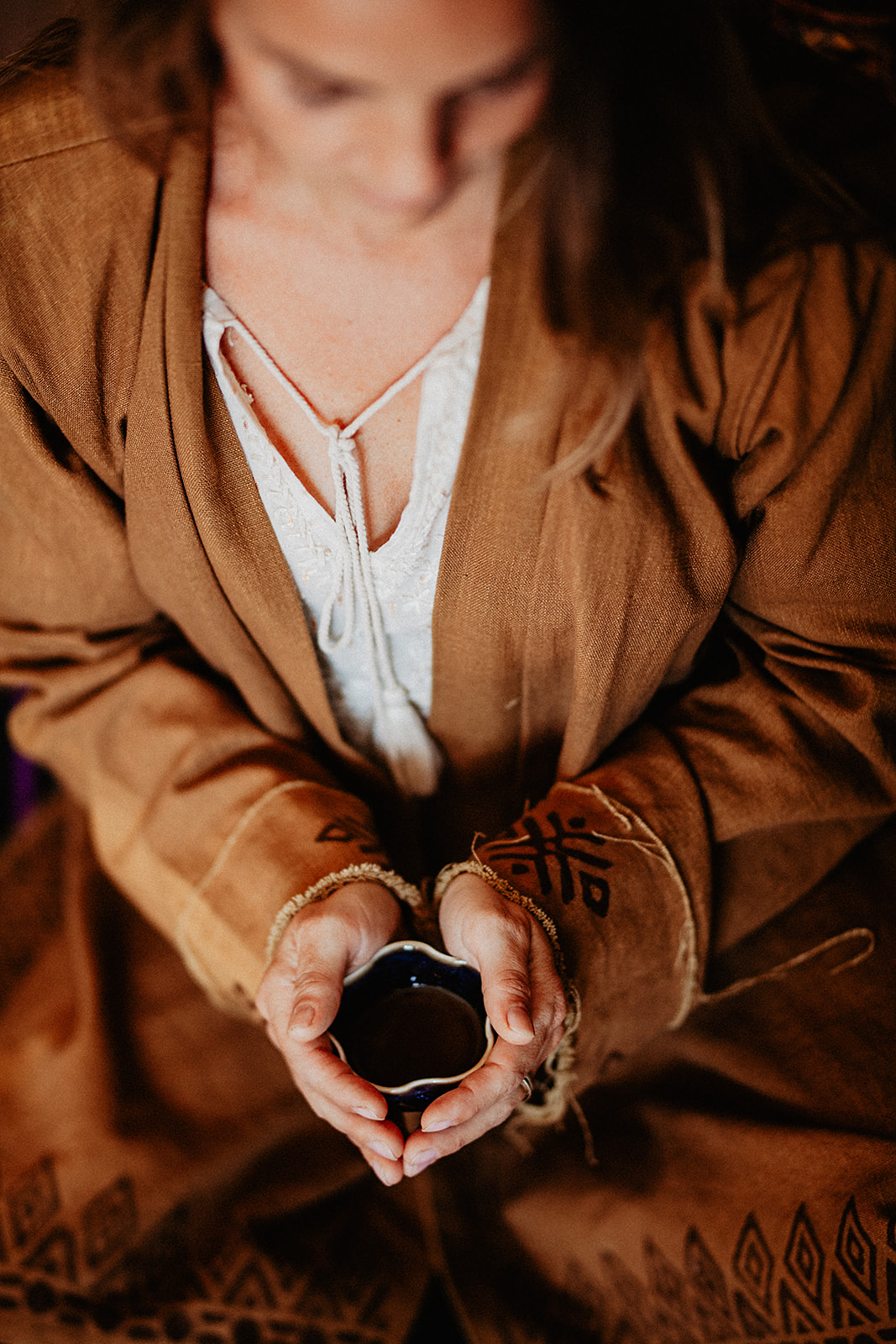

Menu
Company
Offerings
Template
Contact & others

Share your brand vision
Buy Template

Sacred Plants are natural medicines that have been used for thousands of years by indigenous peoples across the world to bring healing, insight, spiritual depth, and are newed connection with nature.
They are often seen as Plant Teachers — living intelligences that can show us something about ourselves and our place within the greater whole.

Across countless traditions — from the Amazon to Africa, North America, and Asia — these plants are used in ritual and ceremony. Not as drugs or escape, but as portals to awareness, connection, and healing. Always with deep respect, often accompanied by song, offerings, prayer, or dieta — because people understand that it is about much more than a substance.
In our Western world, Sacred Plants are often known only through the word psychedelics. Yet that word falls short of what they truly are. They are not chemical substances with a guaranteed “trip.” They are not quick fixes or entertainment. They are mirrors — and mirrors do not lie. They may confront, touch, awaken, and open you — not always in the way you expect, but often in the way you need most.
At So Alegria, we approach Sacred Plants with reverence and gratitude.
We do not work from a traditional tribal context, yet we honor both the wisdom of the plants and the cultures that have carried them for generations. We believe these medicines can also serve as valuable guides within our Western lives — when approached with purity, responsibility, and an open heart.

In our own ceremonies, we work with an ancient Amazonian combination of plants — often called the vine of the soul, or lovingly known by some as Mother Ayahuasca.
This foundation is prepared in different ways across traditions: sometimes with jungle leaves, sometimes with Jurema (Mimosa) and Peganum Harmala. In our way of working, the Caapi vine is always present — the grounding force and connecting spirit.
We guide Sacred Plant Ceremonies in a small and loving setting — not to steer your experience, but to hold a safe and caring space in which you can surrender to your own journey. A space we create with care and devotion, so you can dive deep.
You make the journey — we hold the space.
Sacred Plants work on many layers at once — physical, emotional, energetic, and spiritual. They may bring old pain to the surface, touch hidden memories, or reveal inner images that bring you closer to your essence. They can help you feel what you havelong suppressed or see what you could not yet understand. And sometimes they simply bring you into a deep state of peace, gratitude, or connection with life itself.
This process can be intense and often involves physical or emotional release. Purging — through vomiting, tears, yawning, trembling, heat, or chills — is a natural way for the body to let go of stored tension and old weight. It is not always comfortable, but it serves an important purpose: to create space for something new to emerge. Those who open to this process discover that the plants primarily invite surrender — not control, not resistance, but allowing. And in that allowing, a new perspective often unfolds.

Sacred Plants take nothing away from you and promise no easy outcome. What they do is mirror and open. Sometimes they show you what no longer belongs and gently ask you to release it. At other times, they bring forgotten or hidden parts of yourself to light — aspects that long to be embraced, woven back in, and given conscious space in your life. When you are willing to look honestly, let go, and remember, they can guide you back to who you truly are.
Choosing to work with Sacred Plants is stepping into a process that asks for dedication — in preparation, during the ceremony, and in the days and weeks that follow. Preparation begins long before the ceremony: through light, clean food, rest, and consciously creating space for your intention.
It also means being honest about your health and medication, as participationis not suitable for everyone. That’s why we always take time beforehand to feel together whether this path is right for you at this moment.

The path with Sacred Plants does not start with the ceremony itself, but in the weeks before — in your preparation, intention, and devotion — and it continues in the integration afterward. The insights and emotions touched during the journey often unfold fully only when you weave them into your daily life.
We call this integration — the most essential part of the path, where true healing and transformation take root. It takes attention, courage, and patience to embody what has begun to move within you. We gladly support you in this phase — with conversation, practices, and guidance to help anchor your experience.
In this way, the ceremony becomes not a single event but the living beginning of a deeper journey of healing, awareness, and connection. Whether this is your first encounter with Sacred Plants or you have traveled before — you are welcome to explore, in a safe and loving setting, what they wish to show and let you feel.